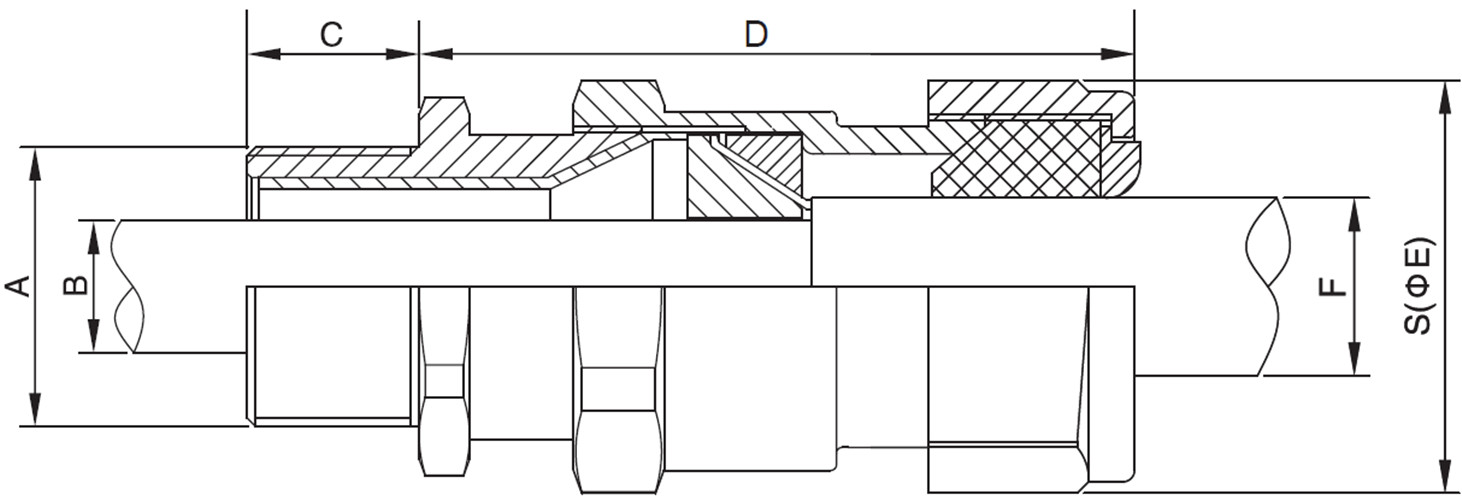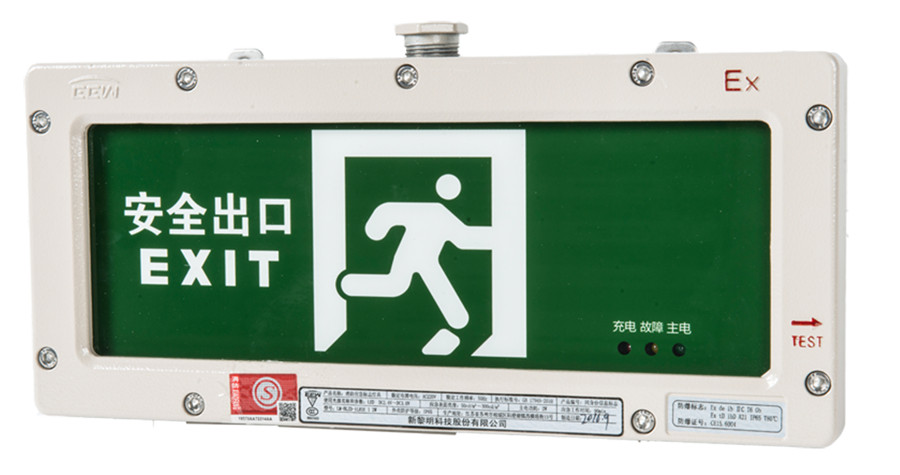Industrial control panels (ICPs) play a crucial role in various applications, from wastewater treatment plants to pharmaceutical production facilities. To ensure personnel safety and protect control system equipment, it is essential to focus on safety features and adhere to rigorous standards during the design and development of ICPs.
A key component to achieving this level of safety involves understanding the significance of UL (Underwriters Laboratories) certification for ICPs and the specific requirements of UL 508A and its supplemental standard, UL 698A, for hazardous locations. Ex Linear Lighting Fixtures

UL 508A is the baseline standard for ICPs used in ordinary locations. Complying with UL 508A ensures human safety, protection of equipment, proper component usage, adherence to the National Electrical Code (NEC) and other critical safety measures. Panels built by UL Certified Panel Shops following UL 508A receive the UL Listed Mark, demonstrating compliance with rigorous safety standards and municipal regulations.
For ICPs intended for use in hazardous locations or areas relating to hazardous locations, UL 508A is insufficient. Instead, these ICPs must adhere to the guidance provided by UL 698A, a supplemental standard. UL 698A builds upon the safety standards of UL 508A and covers control circuits interfacing with field devices in classified/hazardous locations. UL 698A covers areas such as Class I, Division 1 and Zone 0/Zone 1 (flammable gases and vapors), Class II, Division 1 (combustible dust), Class III, Division 1 (ignitable fibers), Zone 20 (ignitable dust/fibers present for long periods), and Zone 21 (ignitable dust/fibers likely to exist). Notably, the panel itself cannot be located inside the classified location, making it safer for control system operators.
Compliance with UL 698A involves careful consideration of component selection, panel design, power and wiring requirements, spacing requirements and overload and overcurrent protection. All components used in the ICP must meet specific safety criteria determined by UL.
The panel design must include proper power distribution through intrinsically safe barriers, adherence to spacing requirements and the incorporation of overload and overcurrent protection. The enclosure must also meet the correct UL environmental rating, as specified by UL guidelines.
UL 698A necessitates detailed documentation, including a panel control drawing providing instructions for connecting both non-intrinsically safe and intrinsically safe field wiring terminals, identification of intrinsically safe equipment and hazardous areas, and the maximum cable length that can be used to connect to the barrier.
Safe control operations in industrial settings rely on adherence to rigorous safety standards. When building ICPs, it is crucial to understand the specific UL standards that apply to your application. Partnering with a UL-certified panel shop like George T. Hall Company (GTH) ensures compliance with these standards and guarantees the safety and reliability of your ICPs. GTH has extensive experience in developing UL Listed panels and knows when compliance with UL 698A is necessary.
To learn more about our UL panel shop capabilities, contact us.
Learn more about UL 698A and our process to building ICPs that will receive the UL Listing you need in our new white paper,Going Beyond the UL 508A Safety Standard: Understanding when an Industrial Control Panel Needs to Comply with UL 698A.
Ryan Ortega is Quality Assurance & Production Manager at George T. Hall Company, a certified member of the Control System Integrators Association (CSIA). For more information about George T. Hall Company, visit its profile on the CSIA Industrial Automation Exchange .

Explosion-Proof Obstruction Lighting Fixture Leaders relevant to this article: